Yarn comes in many colors, thicknesses, shapes, and yardages. Most commonly, when you purchase yarn it will either be in the form of a skein, cone or hank. So, what do those mean?
Skein
Skeins are common for commercial yarn manufacturers. It is squishy and often shaped like an egg or a short loaf of bread or dinner roll. You can pull from the center or the outside. If pulling from the center, it often comes in a small jumble which you can simply resolve to begin. Big companies, like KnitPicks (third photo below) or Tivoli, sell their yarn like this. The word skein is often used to refer to a unit of yarn though this is not a detailed or completely accurate word to use because not all yarn is in a skein. And not every skein refers to yarn since a ‘skein’ also means a group of geese flying in formation (they are a ‘gaggle’ on the ground).
Cones are common for yarn destined for knitting machines. These are useful for storage for commercial knitting or any type of weaving. They are stored upright. One cone usually has A LOT of yarn on it. Cones can be purchased on the consumer level from some retailers. I’ve seen them at Avoca (second photo) and Blarney Woolen Mills.
Hank
Hanks are more common with luxury or hand-dyed yarns as this allows the dye to reach all parts of the yarn without letting it tangle up. When I hand-dyed wool myself, I first put it into a hank (second photo). When you buy a hank it will look like the photos below but untwisted it is shaped more like a hula hoop. It is difficult (understatement of the year) to knit directly from a hank. It gets messy very quickly. To knit, the hank should be wound into a ball or a cake.
Ball
Balls are hand-done and time-consuming, especially if you are making a center-pull ball. That right there is a labor of love! However, if you do not have a swift or a ball winder, a ball is ideal and accessible. This is what our grandmothers used! Our grandfathers or our parents would dutifully hold their arms outstretched with the hank around their hands and let the ball be wound by hand. Usually, a warm fireplace at their feet. If you have hand knit a pair of socks for someone, it is thoughtful to give them with a tiny ball of the yarn used (second photo, socks knitted by Hannah Patricia as a donation to Pink Auction 2010). This can be helpful for darning and repairing the socks in the future.
Cake
Cakes are called cakes because they are tidily wound into a cake-like shape. The criss-cross pattern reminds me of decorative icing. Cakes are easy to store because they are relatively uniform in shape and size. If you are winding a cake from a very large hank, you may need to cut it in half, depending on the size of the winder you are using, to ensure it does not overflow the winder’s cake holder and end up tangled or messy. You can see in the first photo what the same quantity of yarn looks like in hank form versus cake form (both are the same color way). Remember when I showed you the photo of the hank of yarn I hand-dyed? The second photo is that same yarn wound into cakes.
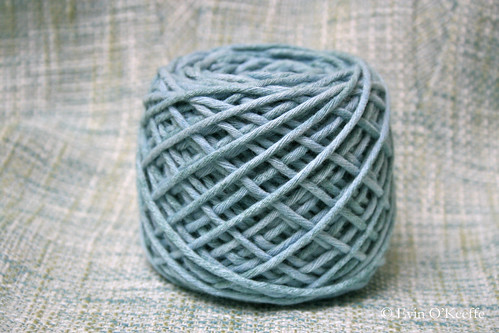
Ball Winder
A ball winder is a human-powered yarn winding mechanism. They come in various materials from wood to plastic. The plastic one shown in the first photo is the one most commonly available in Ireland. The one shown in the second photo is one from the U.S. (KnitPicks) and the one in the third is a highly durable wood version that is used in a local yarn shop, Knit + Stitch = Bliss, outside Washington, D.C. If winding yarn with a ball winder, you may need a swift. That is a contraption that holds the yarn hank while you wind it into a cake on the ball winder. You don’t need a swift if you are winding yarn already in a ball, skein or cake. Swifts come in various materials too, from metal to wood. Designs vary and prices can start from $25. If you are handy with tools, you can build your own or fashion one from a couple readily-available IKEA products as shown here. Of course, if you do not have or desire a swift, you can just find a cooperative friend or family member to hold their arms out the old-fashioned way.
Both winders and swifts are available from knitting/crochet speciality shops (like KnitPicks) as well as Amazon.com and Amazon.co.uk
.
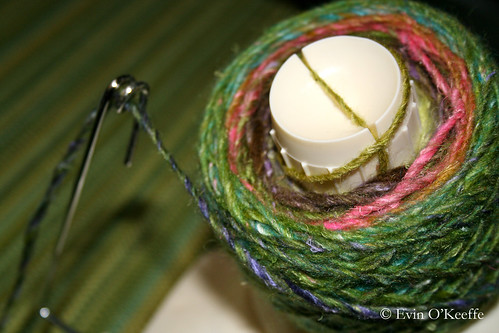


Once you have your yarn in a cake, it is easy to start knitting either from the center string or from the outer one. Which one depends on the color variations and how you want to use them in your pattern as well as what kind of yarn it is. For yarns like ribbon, bamboo or silk, starting from the center allows you to place a rubber band around the outside to keep the cake from slipping apart. Here’s an example of a 100% silk yarn without a rubber band around the outside:
But for acrylics, cottons and wools just tucking the outer end into a few of the snug wraps of the outside of the cake works perfectly to secure it. Then you’re ready to knit from it.


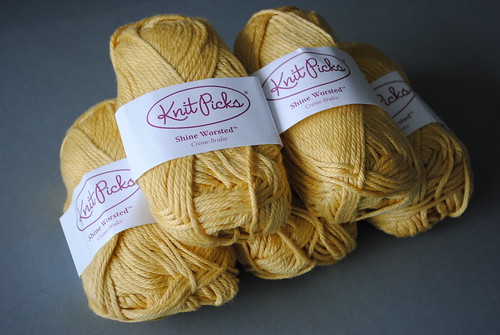
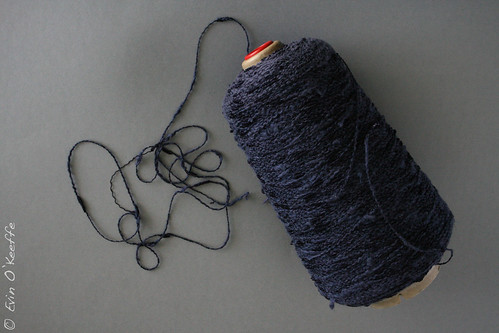
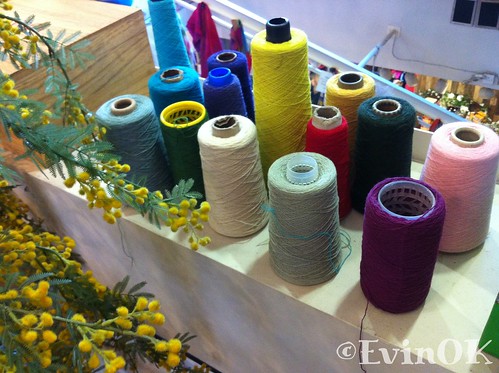
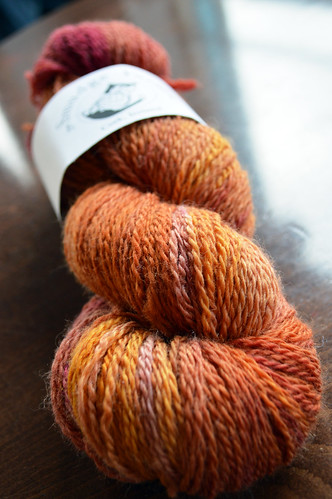

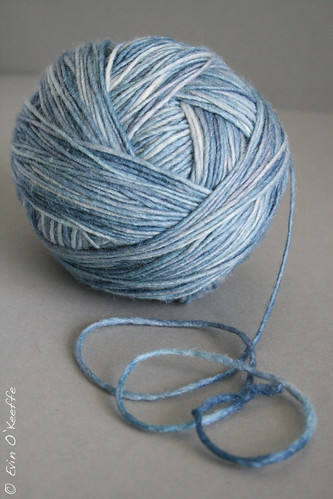

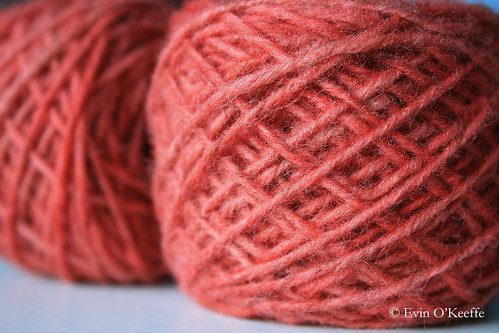
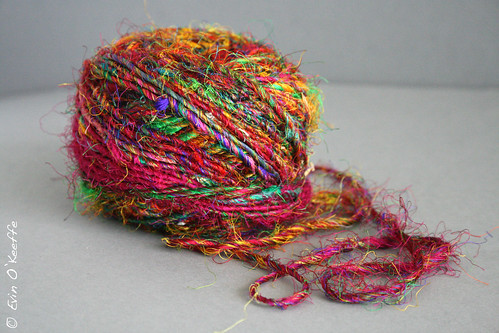

a great clarifying post! i’ve often wondered about all of it.
May I ask – where did you obtain the grey skeins in your second photo? I would love to buy bigger skeins than what i can find. Those little Debbie Bliss skeins are too small and expensive for anything I have in mind!
I bought that yarn in Valencia, Spain.
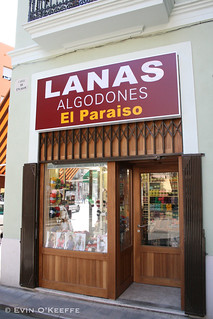
Thank you so much for this – I have been calling my hanks skeins and my cakes balls, glad for the clarification 🙂
Love your photos. I would like to retake some of mine to give a more professional look.
But here’s the BIG question: Do you pronounce “skein” as “skane” with a long “a” or “skeen” with a long “e?” I grew up hearing it “skane” for years & now whenever I hear someone say “skeen” I get the willies! 😀
PS According to Online Dictionary’s pronounciation recording it is “skane” but I wonder if “skeen” is acceptable in some regional dialects.
When I wrote “Online Dictionary” above, what I meant to say is “Dictionary.com”